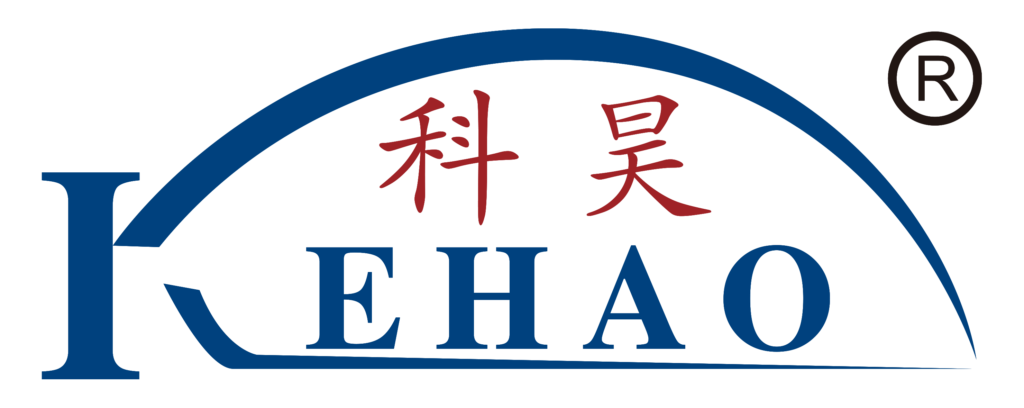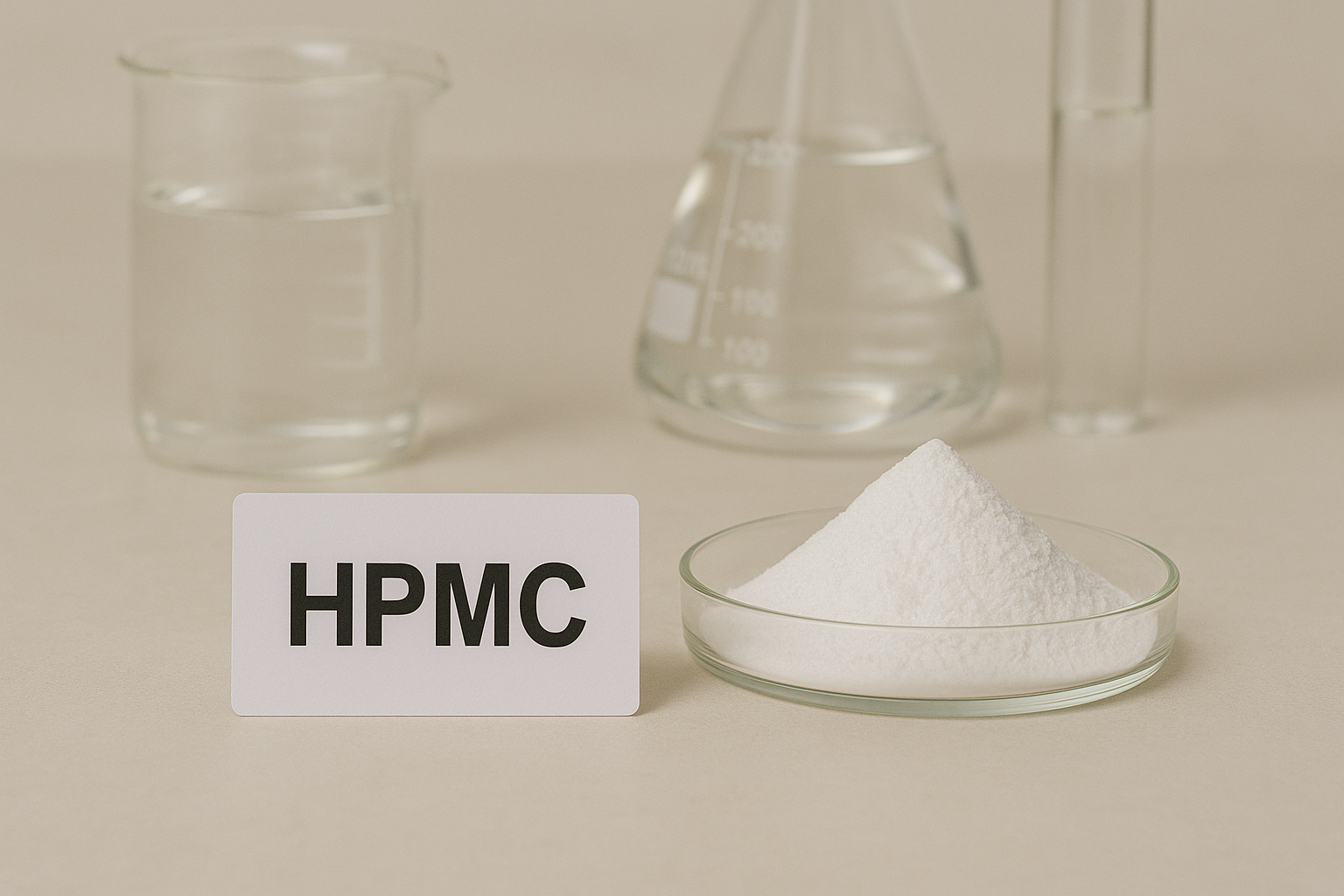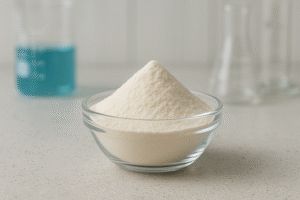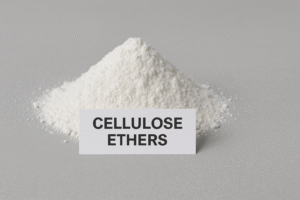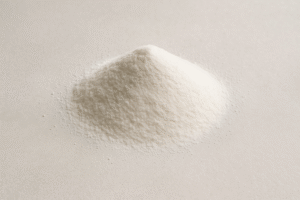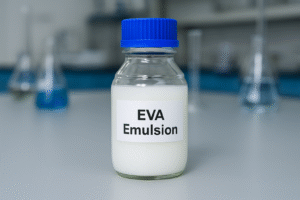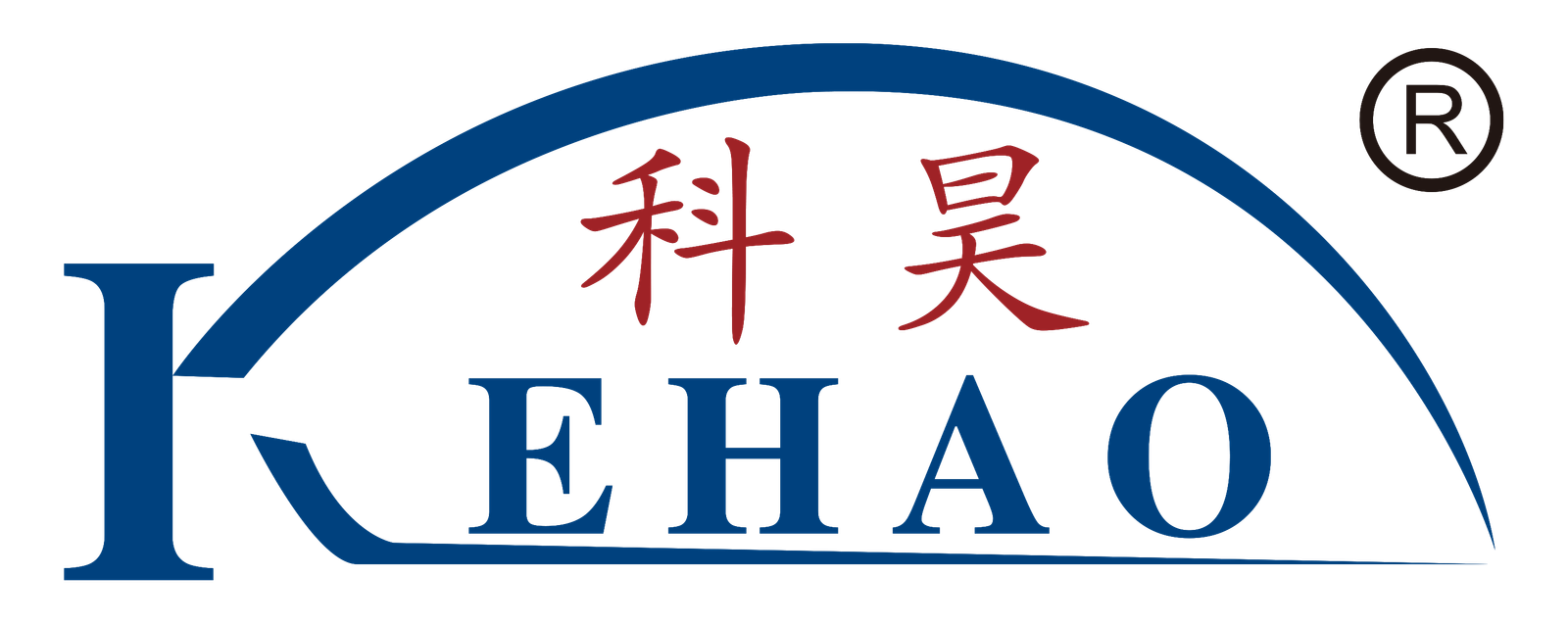Struggling with inconsistent mortar performance? Poor workability and unstable setting times can ruin construction projects and damage your reputation. HPMC additives might be the solution you need.
Hydroxypropyl Methyl Cellulose (HPMC)1 is a versatile cellulose ether that enhances construction materials through water retention, thickening, binding, film formation, and rheology modification. These key properties make it essential for modern building materials across numerous applications.
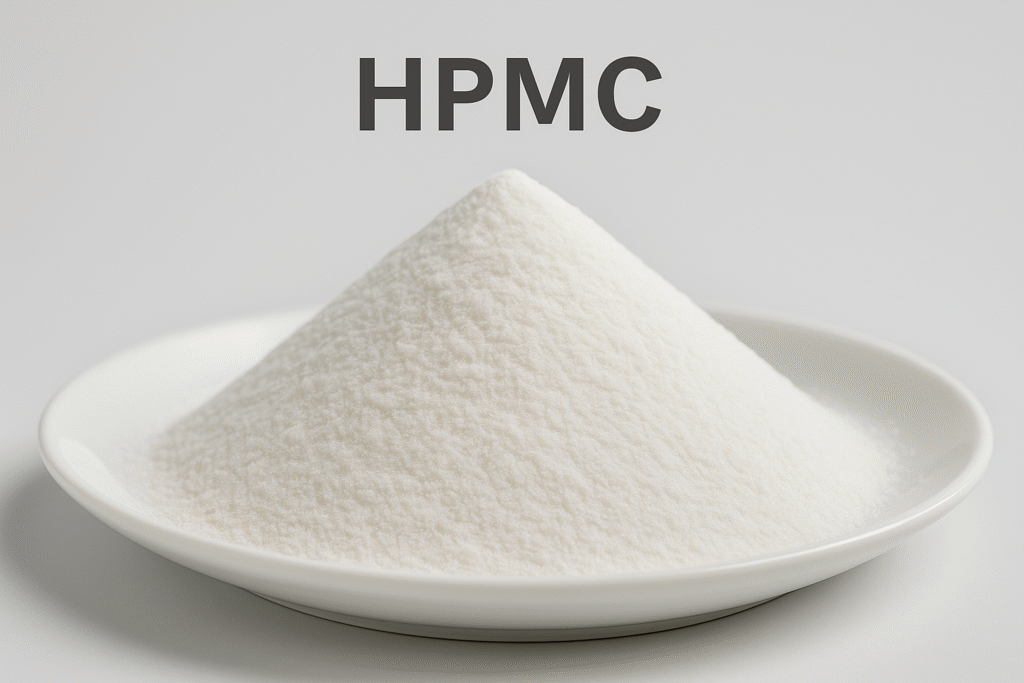
At Kehao, we've worked with hundreds of construction material manufacturers who faced similar challenges. Our HPMC products have helped them achieve consistent results across various applications. Let me show you how HPMC's unique properties make it indispensable in today's construction industry.
What Makes HPMC Properties Essential for Construction Applications?
Pain point: Construction material manufacturers struggle with product consistency and performance across different environmental conditions. Standard formulations often fail to deliver reliable results.
HPMC provides critical functionality through its main properties: excellent water retention, thickening ability, binding capacity, film formation, and rheology modification. These properties work together to enhance workability, extend open time, improve adhesion, and ensure consistent performance in construction materials.
When I visit our customers' sites, I see firsthand how these properties transform their products. Water retention, perhaps HPMC's most valued property, prevents rapid water loss in mortar and concrete mixtures. This is crucial in hot or windy conditions where premature drying can compromise structural integrity.
HPMC's thickening capability creates optimal consistency for application while its binding properties help hold components together during the critical setting period. The film-forming ability creates surfaces that resist cracking and provide better finish quality. Rheology modification improves workability, making application easier for end users.
These core properties form the foundation of HPMC's usefulness, but there are additional characteristics worth exploring that make this additive truly remarkable.
What Other Notable HPMC Properties Make It Invaluable?
Pain point: Manufacturers face increasing demands for materials that perform well in extreme conditions while meeting environmental and safety standards. Traditional additives often fall short.
Beyond its primary functions, HPMC offers thermal stability, pH stability2, salt tolerance, compatibility with various additives, controlled dissolution rates, and biodegradability. These secondary properties allow HPMC to perform consistently across diverse environmental conditions and formulations.
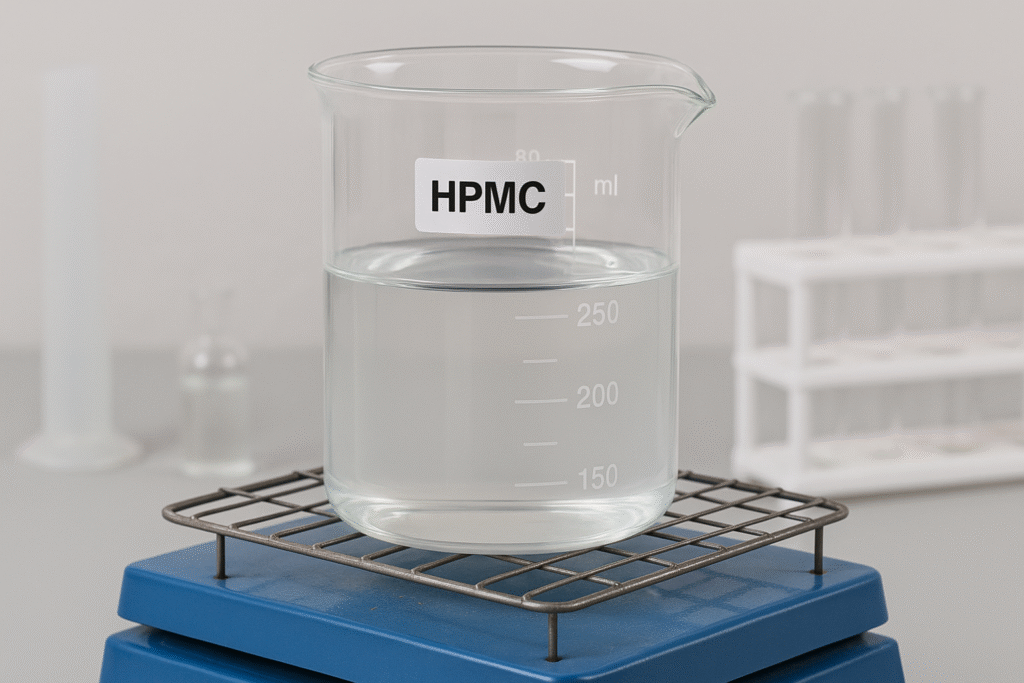
From my experience working with clients in extreme climate regions like Saudi Arabia and UAE, I've seen how critical these additional properties can be. HPMC's thermal stability ensures performance in both desert heat and colder regions. This stability across temperatures from 0°C to 200°C gives manufacturers confidence their products will work consistently year-round.
The pH stability (functioning well in both acidic and alkaline environments) provides formulation flexibility, while salt tolerance makes HPMC effective even in high-mineral-content water sources common in developing regions.
HPMC Performance Across Conditions
| Property | Benefit | Real-World Impact |
|---|---|---|
| Thermal Stability | Consistent performance in extreme temperatures | Reliable in both Saudi Arabian summers and cold Georgian winters |
| pH Stability | Works in acidic and alkaline environments | Allows formulation with diverse additives |
| Salt Tolerance | Functions with hard water | Effective even in regions with mineral-rich water |
| Controlled Dissolution | Customizable setting times | Adaptable to different application needs |
HPMC's biodegradability also addresses growing environmental concerns in the construction industry, allowing manufacturers to develop more sustainable product lines without sacrificing performance.
How Does HPMC Transform Different Construction Applications?
Pain point: Different construction applications have specific requirements that generic additives can't address, leading to compromised performance and project delays.
HPMC transforms construction materials by providing application-specific benefits: in adhesives, it enhances open time and slip resistance; in mortars, it improves workability and water retention; in insulation systems, it provides consistent setting and durability; in self-leveling compounds3, it controls flow properties.

During my recent visit to a large mortar factory in Pakistan, I observed how different HPMC grades dramatically changed application characteristics. For tile adhesives4, our HPMC-100000 grade provided extended open time of up to 30 minutes, allowing contractors to work more efficiently without wastage. The vertical slip resistance was impressive – even heavy tiles stayed firmly in place during installation.
For surface mortars5, water retention is crucial. Our specialized HPMC grades retain over 98% of mix water under standard conditions, preventing premature drying even in direct sunlight. This translates to proper cement hydration and stronger final structures.
HPMC Benefits by Application Type
| Application | Key HPMC Property | Resulting Benefit |
|---|---|---|
| Tile Adhesives | Water retention, thickening | Extended open time, no sagging |
| Surface Mortars | Water retention, workability | Proper curing, easy application |
| Insulation Systems | Adhesion, cohesion | Durable installations, crack resistance |
| Self-leveling Compounds | Rheology modification | Smooth flow, elimination of air bubbles |
The versatility of HPMC means one factory can produce multiple specialized products by simply adjusting the HPMC grade and dosage, maximizing production efficiency and market offerings.
Why Is HPMC Ideal for Gypsum-Based Plasters and Ceramics?
Pain point: Gypsum-based products and ceramics present unique challenges including rapid setting times and complex rheological requirements that many additives cannot address effectively.
In gypsum systems, HPMC controls setting time, improves adhesion, and enhances workability, preventing premature drying. For ceramics, it provides ideal forming characteristics, binder strength during processing, and clean burnout properties6 during firing, resulting in stronger finished products.
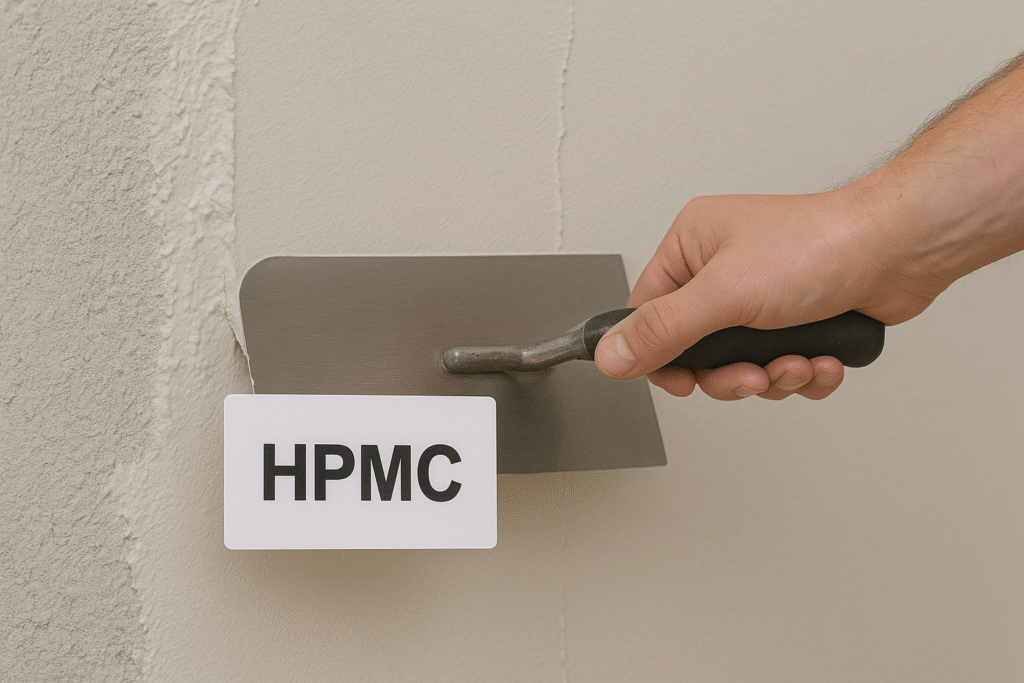
I remember visiting a gypsum board manufacturer in India who struggled with inconsistent setting times and board cracking. After introducing our specialized HPMC-400F grade at just 0.3% concentration, they achieved remarkably consistent results. The modified water retention properties slowed down the gypsum hydration process just enough to ensure complete crystal formation, boosting strength by nearly 20%.
For ceramic manufacturers, the challenges differ significantly. The extrusion and molding phases require precise rheological control, which our HPMC provides by creating the perfect balance between plasticity and form stability. During the critical green state, HPMC's binding properties help maintain shape integrity when the ceramic pieces are still fragile.
HPMC Impact on Specialized Applications
| Application | Challenge | HPMC Solution |
|---|---|---|
| Gypsum Boards | Inconsistent setting, cracking | Controlled hydration, improved flexibility |
| Gypsum Plasters | Poor workability, dust formation | Enhanced plasticity, reduced airborne particles |
| Ceramic Extrusion | Shape deformation | Improved green strength, better form stability |
| Ceramic Casting | Air bubbles, weak spots | Controlled rheology, uniform particle distribution |
The ability of HPMC to completely burn away during firing without leaving residues makes it particularly valuable in ceramic applications where even minor contamination can ruin entire production batches. This clean burnout characteristic saves manufacturers significant costs by reducing rejection rates.
Conclusion
HPMC's unique combination of properties makes it an essential additive across diverse construction and manufacturing applications. By selecting the right HPMC grade, manufacturers can enhance product performance, increase efficiency, and meet specific application requirements reliably.
-
Explore how HPMC enhances construction materials and improves performance. ↩
-
Discover how pH stability allows for versatile formulations in construction applications. ↩
-
Explore how HPMC controls flow properties for better application of self-leveling compounds. ↩
-
Discover the advantages of using HPMC in tile adhesives for improved performance. ↩
-
Find out how HPMC enhances the workability and curing of surface mortars. ↩
-
Learn how clean burnout properties of HPMC prevent contamination in ceramic production. ↩
